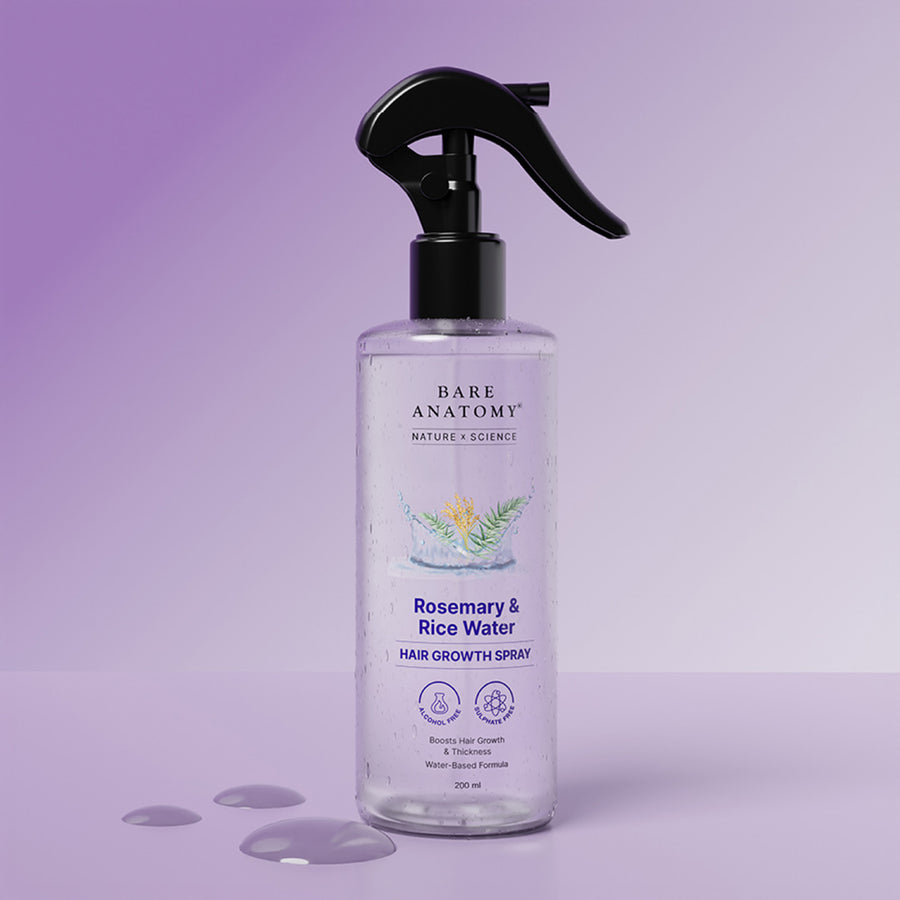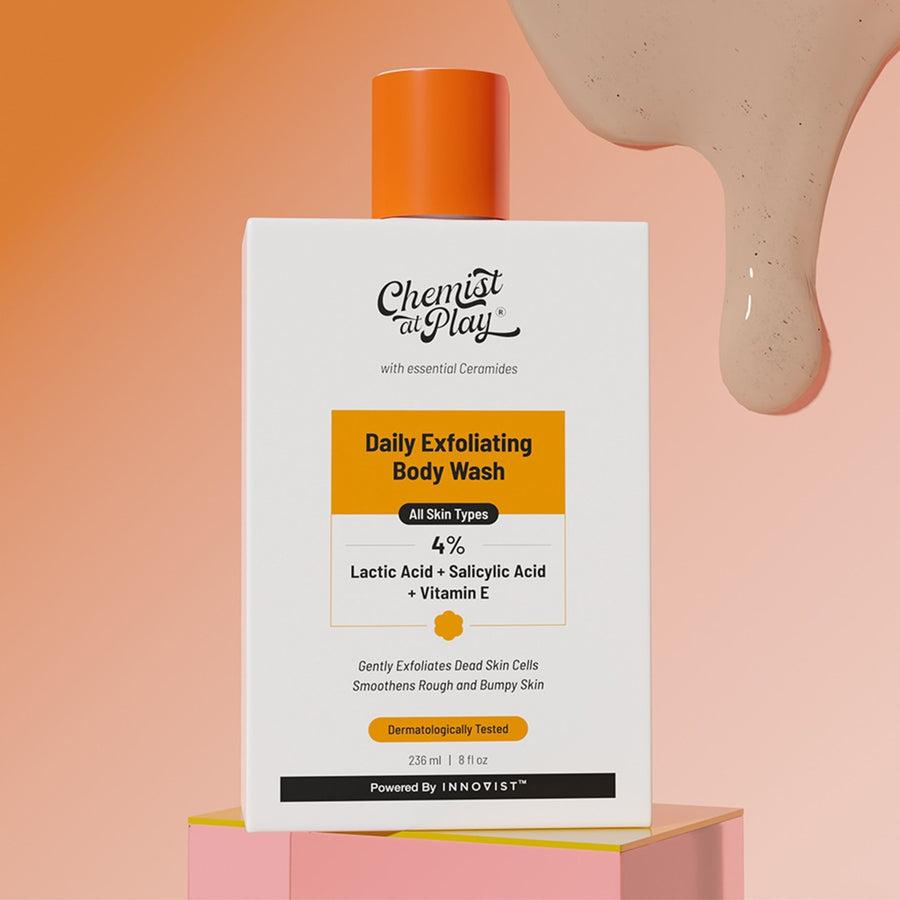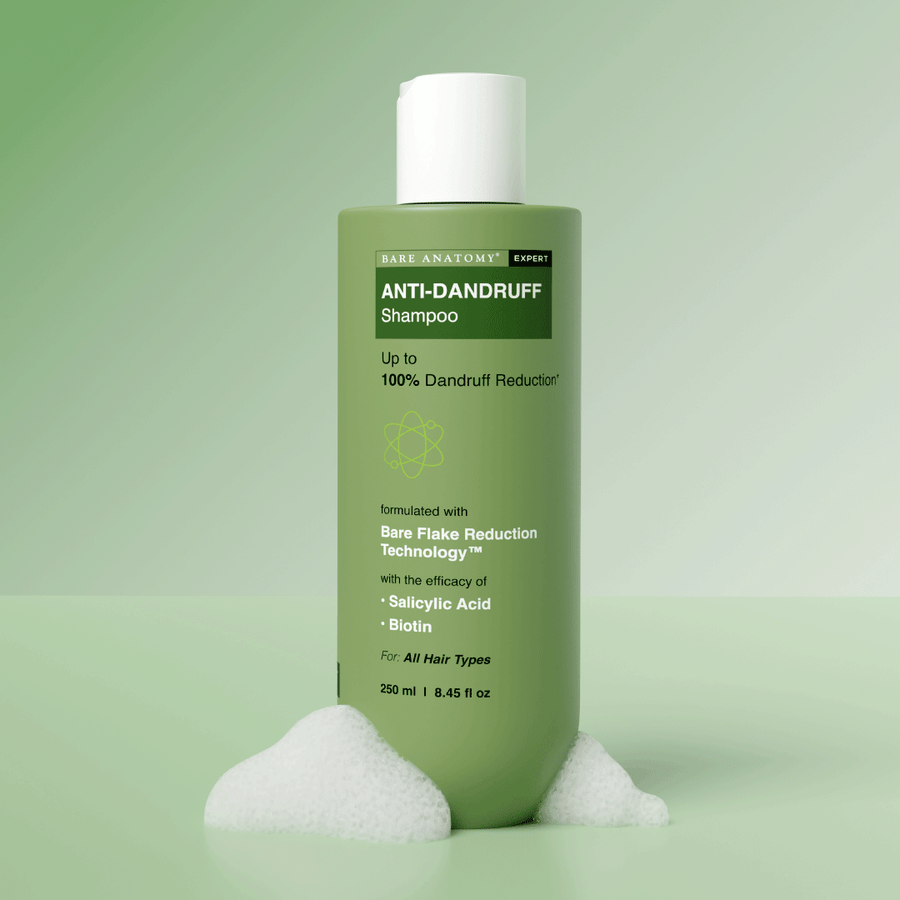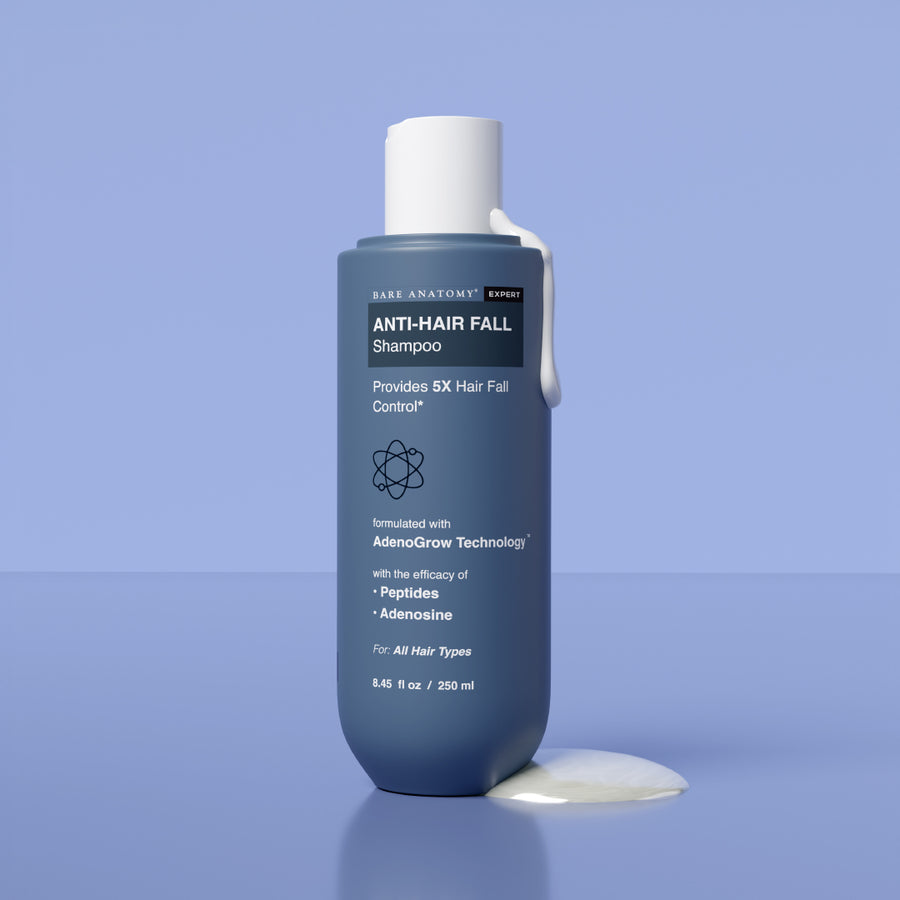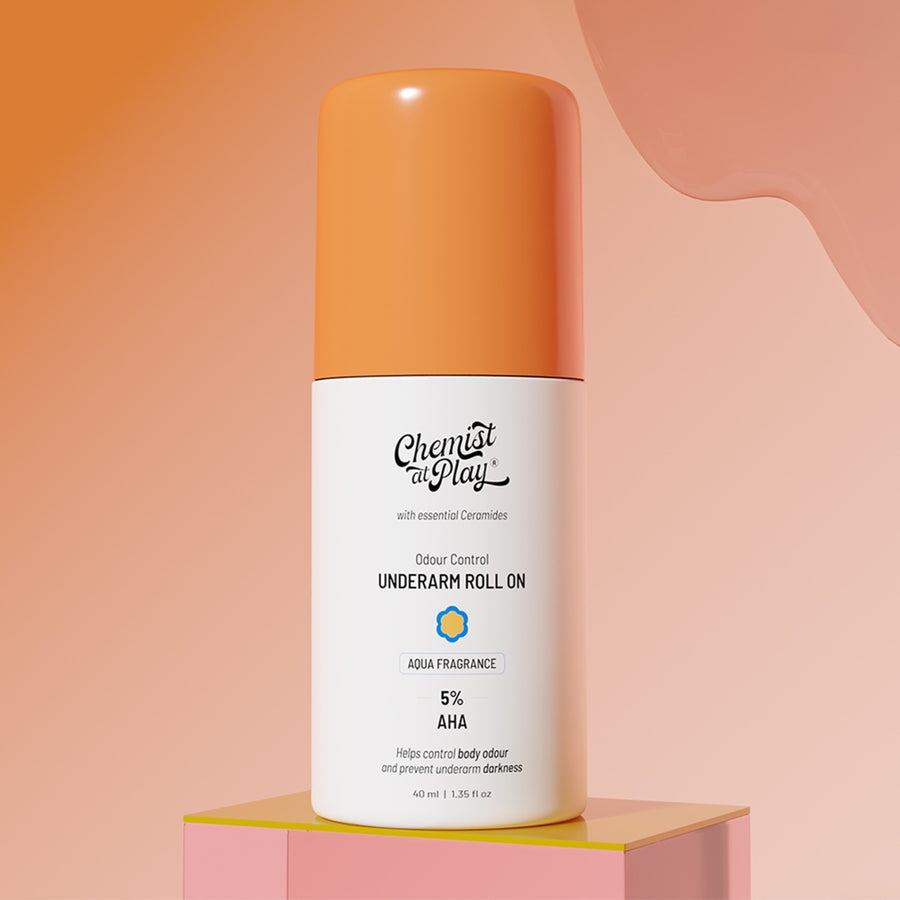
How to remove sun tan from face after a beach holiday?
How to reduce tan from the face or how to get rid of a tanned face? The most asked question when coming back after a sassy vacation. Everyone loves a holiday at a beach but not everyone likes to return from their beach holidays looking like they've just spent a week in a tanning bed. Enjoying the sun, the smell of the sea, and the sand under your feet is just the icing on the cake.
Many people like to relax on a beach during their summer holidays, but coming back with a sun tan can be less than ideal. Sun sensitivity causes several health issues like burnt skin, dark spots, wrinkles, and fine lines.
| Tanning behavior of different skin colors | |||
| Type | Also called | Sunburning | Tanning behavior |
| I | Very light or pale | Often | Occasionally |
| II | Light or light-skinned | Usually | Sometimes |
| III | Light intermediate | Rarely | Usually |
| IV | Dark intermediate | Rarely | Often |
| V | Dark or "brown" type | No | Sometimes darkens |
| VI | Very dark or "black" type | No | Naturally black-brown skin |
Whether it's the effect of the sun or an expensive facial a week later, there are ways to remove the sun tan from your face. This blog will look into some of the best ways to remove tan from your face and body. Also will cover the best face & body sunscreen for sun protection.
Causes of Sun Tan
People who are most at risk for sun tanning are those who have fair skin, are outdoors for extended periods, or live in sunny climates. However, anyone can get a sun tan, even if they only spend a short amount of time in the sun.
We all love a good beach holiday, but sometimes our skin doesn't quite agree. Sun tan can be a big problem, especially if you have fair skin. But don't worry, there are ways to remove sun tan from your face after a beach holiday.
One of the main causes of sun tan is exposure to UV rays. These rays can damage the skin and cause it to become darker. Sometimes, sun tanning can also be caused by certain medications or medical conditions. If you're taking medication that makes you more sensitive to light, you're more likely to get sunburn. And if you have a medical condition that affects your skin, such as psoriasis, you may also be more prone to sunburn.
Dr. TN Rekha Singh from Olivia Clinic says that the solar spectrum consists of several wavelengths, of which ultraviolet radiation is important to cause skin effects. UV radiation has three wavelengths UVA, UVB, and UVC. UVA rays darken the skin by producing excess melanin and damaging collagen.

Natural Remedies to get rid of sun tan
The Potato Remedy
 One of the most popular home remedies for sun tan removal is using potato slices. Potatoes have long been used as a natural remedy for sunburn. The starch in potatoes helps to soothe and cool the skin, and the vegetable's natural anti-inflammatory properties can help to reduce redness and swelling. To use a potato for sunburn relief, simply cut a raw potato into thin slices and apply to the affected area. You can also make a potato compress by soaking a clean cloth in cold potato juice and applying to the sunburn.
One of the most popular home remedies for sun tan removal is using potato slices. Potatoes have long been used as a natural remedy for sunburn. The starch in potatoes helps to soothe and cool the skin, and the vegetable's natural anti-inflammatory properties can help to reduce redness and swelling. To use a potato for sunburn relief, simply cut a raw potato into thin slices and apply to the affected area. You can also make a potato compress by soaking a clean cloth in cold potato juice and applying to the sunburn.
Saffron and turmeric ubtan
 Saffron and turmeric ubtan is a traditional Indian remedy to remove sun tan. It is made by mixing equal parts of saffron and turmeric powder with plain yogurt. The mixture is then applied to the skin and left on for 20-30 minutes before being rinsed off.
Saffron and turmeric ubtan is a traditional Indian remedy to remove sun tan. It is made by mixing equal parts of saffron and turmeric powder with plain yogurt. The mixture is then applied to the skin and left on for 20-30 minutes before being rinsed off.
Saffron is known for its ability to brighten the skin and it also has anti-inflammatory properties that can help to soothe sunburn. Turmeric is another powerful ingredient that can help to reduce inflammation and promote healing. Together, these ingredients make an effective sun tan removal remedy.
Honey and papaya face mask
 A honey and papaya mask can be a great way to remove sun tan. The papaya contains enzymes that can help to exfoliate the skin, while the honey is a natural moisturizer. This mask can be made by combining mashed up papaya with honey, and applying it to the face for 15-20 minutes. Rinse off with warm water and enjoy your refreshed and tanned-free skin!
A honey and papaya mask can be a great way to remove sun tan. The papaya contains enzymes that can help to exfoliate the skin, while the honey is a natural moisturizer. This mask can be made by combining mashed up papaya with honey, and applying it to the face for 15-20 minutes. Rinse off with warm water and enjoy your refreshed and tanned-free skin!
Milk and rice flour scrub
 There are a few simple ingredients that you probably have in your kitchen that can be used to make an effective scrub to remove sun tan. All you need is some milk and rice flour. A milk and rice flour scrub is an effective and gentle way to slough away dead skin cells and reveal brighter, more even-toned skin. Simply combine equal parts milk and rice flour, and massage onto clean skin in circular motions. Rinse away with cool water and pat dry. For best results, use 2-3 times per week.
There are a few simple ingredients that you probably have in your kitchen that can be used to make an effective scrub to remove sun tan. All you need is some milk and rice flour. A milk and rice flour scrub is an effective and gentle way to slough away dead skin cells and reveal brighter, more even-toned skin. Simply combine equal parts milk and rice flour, and massage onto clean skin in circular motions. Rinse away with cool water and pat dry. For best results, use 2-3 times per week.
Gram Flour
 Gram flour is a natural product that can be used to exfoliate the skin and remove dead skin cells. It also has bleaching properties that can help to lighten the skin. Mix gram flour with water to form a paste. Apply this paste on the tanned area and leave it for 20 minutes. Wash off with cold water. Repeat this process daily for best results. You can also add some lemon juice to the paste to make it more effective.
Gram flour is a natural product that can be used to exfoliate the skin and remove dead skin cells. It also has bleaching properties that can help to lighten the skin. Mix gram flour with water to form a paste. Apply this paste on the tanned area and leave it for 20 minutes. Wash off with cold water. Repeat this process daily for best results. You can also add some lemon juice to the paste to make it more effective.
Cucumber Juice
 Cucumber juice is a refreshing and cooling beverage that can also help to remove sun tan. The high water content in cucumbers helps to hydrate the skin, while the Vitamin C and antioxidants can help to repair sun damage. To use cucumber juice to remove sun tan, simply apply it to the skin with a cotton pad or cloth and leave it on for 15-20 minutes. Rinse off with cool water and pat the skin dry. Repeat as necessary until the sun tan is gone.
Cucumber juice is a refreshing and cooling beverage that can also help to remove sun tan. The high water content in cucumbers helps to hydrate the skin, while the Vitamin C and antioxidants can help to repair sun damage. To use cucumber juice to remove sun tan, simply apply it to the skin with a cotton pad or cloth and leave it on for 15-20 minutes. Rinse off with cool water and pat the skin dry. Repeat as necessary until the sun tan is gone.
Yogurt
 Yogurt contains lactic acid, which helps to exfoliate the skin and remove dead cells. It also has a cooling effect, which can help to soothe sunburned skin. It is packed with antioxidants and has anti-inflammatory properties. Simply apply yogurt to the affected area and leave it on for 15-20 minutes. Rinse it off with cool water and pat the skin dry. You can do this once or twice a week for best results.
Yogurt contains lactic acid, which helps to exfoliate the skin and remove dead cells. It also has a cooling effect, which can help to soothe sunburned skin. It is packed with antioxidants and has anti-inflammatory properties. Simply apply yogurt to the affected area and leave it on for 15-20 minutes. Rinse it off with cool water and pat the skin dry. You can do this once or twice a week for best results.
Dr. Rajat Kandhari MD Dermatologist & Skin Specialist
Products to fade of sun tan
Self-tanner:
Self-tanner is a sunless tanning product that gives you a natural-looking tan without having to expose yourself to the sun. It works by applying a DHA-based solution to your skin, which interacts with the amino acids in your skin to create a browning effect. The DHA in self-tanner can also help to remove a sun tan by exfoliating your skin and getting rid of dead skin cells that can cause your tan to look patchy and uneven.
Bronzing lotion:
Bronzing lotion works by exfoliating the top layer of your skin, which is where the sun tan is located. The lotion contains ingredients that break down the dead skin cells, making it easier to remove them. You can apply the lotion directly to your skin or use a sponge or cloth to apply it.
After you've applied the bronzing lotion, you'll need to wait a few minutes for it to take effect. Then, you can use a loofah or washcloth to scrub your skin in a circular motion. Be sure to rinse the bronzing lotion off completely afterwards. For best results, use the bronzing lotion 2-3 times a week.
Sun tanning spray:
Sun tanning spray is a product that is designed to remove a sun tan. The active ingredient in the spray is typically a form of hydroquinone, which is a bleaching agent. The hydroquinone works to lighten the skin by breaking down the melanin in the skin. Melanin is the pigment that gives skin its color. When the melanin is broken down, the skin becomes lighter in color. The spray also typically contains alcohol, which helps to dry out the skin and remove the tan.
Prevention of suntan
Prevention is always better than cure and the same applies for sun tan as well. If you are going on a beach holiday, make sure to take some preventive measures so that you don’t get sun tanned in the first place. Here are some tips that can help you:

-
Wear sunscreen:
This is a no-brainer but still bears repeating. Wearing sunscreen with at least SPF 60 will go a long way in preventing sun tan. Apply it generously all over your body and re-apply it every few hours for best results.

-
Cover up:
Another simple measure is to cover up your body as much as possible when you are out in the sun. This means wearing long sleeves, pants, a hat and sunglasses.

-
Seek shade:
Try to stay in the shade as much as possible, especially during the peak hours of 10am to 4pm. If there is no shade available, make your own with an umbrella or a beach towel.

-
Drink plenty of fluids:
Staying hydrated is important not just for your overall health but also to prevent sun tanning. Drinking water regularly will help keep your skin hydrated from within and less prone to burning.
Conclusion
Sun tan is considered to be a good sign of health and beauty, but at the same time, it is a reason for concern because it generally results in the skin being discolored and uneven. While it is necessary to get sun tan to get a healthy and glowing skin, it is important to take some necessary precautions so that it is not overdone.

















